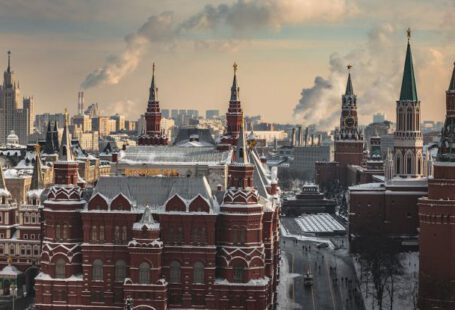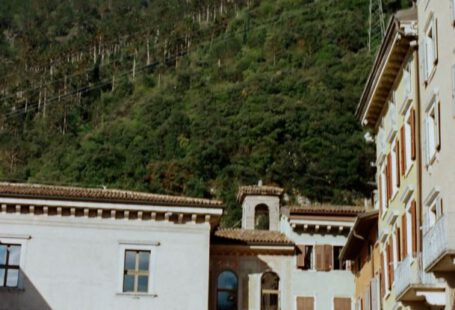Belgrade, the capital city of Serbia, is a place where history meets the modern world. While the city offers a plethora of attractions and activities for visitors, those interested in Roman history will find a treasure trove of ancient artifacts and sites to explore. From well-preserved ruins to museums showcasing Roman artifacts, Belgrade provides a unique opportunity to delve into the rich history of the Roman Empire. Let’s take a closer look at where you can find Roman history in Belgrade.
**Kalemegdan Fortress: A Roman Legacy**
One of the most iconic landmarks in Belgrade, Kalemegdan Fortress, holds significant traces of Roman history. Built on the confluence of the River Sava and Danube, the fortress has witnessed centuries of historical events. The Roman presence in the area dates back to the 1st century AD when the fortification served as a military camp for the Roman legions. Visitors can explore the Roman well, the remains of the castrum, and the foundations of Roman gates, providing a glimpse into the strategic importance of the site during Roman times.
**National Museum of Serbia: Roman Artifacts**
For a more in-depth exploration of Roman history, a visit to the National Museum of Serbia is a must. The museum houses an impressive collection of Roman artifacts, including sculptures, pottery, coins, and jewelry. One of the highlights of the collection is the Roman Emperor Galerius’ monument, a testament to the Roman influence in the region. Visitors can marvel at the craftsmanship of ancient Roman artisans and gain a deeper understanding of the cultural and artistic legacy of the Roman Empire.
**Felix Romuliana: A Roman Imperial Palace**
Located near the modern town of Zajecar, around 180 kilometers from Belgrade, Felix Romuliana is a UNESCO World Heritage Site that offers a unique insight into Roman imperial architecture. Built by the Emperor Galerius in the late 3rd century AD, the complex served as a luxurious palace and a cultural center. The site features well-preserved mosaics, temples, and thermal baths, providing a glimpse into the opulent lifestyle of the Roman elite. A visit to Felix Romuliana is a journey back in time to the golden age of the Roman Empire.
**Roman Well: Underground Marvel**
For a hidden gem of Roman architecture, head to the Roman Well in Belgrade. Located in the city center, this underground structure dates back to the Roman era and served as a water source for the ancient settlement. The well, with its impressive cylindrical shape and intricate brickwork, is a testament to Roman engineering prowess. Visitors can descend into the depths of the well and admire the preserved structure, offering a unique perspective on daily life in ancient Rome.
**Archaeological Site at Vinca: Pre-Roman Settlement**
While not directly related to Roman history, the archaeological site at Vinca, located on the outskirts of Belgrade, provides insights into the pre-Roman period in the region. The Vinca culture, dating back to the 6th millennium BC, was one of the most advanced Neolithic societies in Europe. Visitors can explore the excavated remains of the settlement, including dwellings, pottery, and figurines, shedding light on the early inhabitants of the area before the arrival of the Romans.
**Uncovering the Roman Legacy in Belgrade**
In conclusion, Belgrade offers a fascinating journey through Roman history, with its diverse range of sites and artifacts that highlight the enduring influence of the Roman Empire in the region. From the ancient ruins of Kalemegdan Fortress to the opulent Felix Romuliana, visitors can immerse themselves in the rich cultural heritage of the Romans. Whether exploring museums, archaeological sites, or underground structures, the Roman legacy in Belgrade provides a captivating glimpse into the past, making it a must-visit destination for history enthusiasts and curious travelers alike.





